Frequently Asked Questions
Calisthenics FAQ: Your Questions Answered
Welcome to our ever growing FAQs section!
What is the difference between calisthenics and traditional weight training?
Is calisthenics suitable for all fitness levels?
Calisthenics can be adapted to suit various fitness levels. Beginners can start with basic exercises and gradually progress to more advanced movements as their strength and skill improve. It is important to listen to your body, start at an appropriate level, and progress at a pace that feels comfortable and safe.
Can calisthenics help with weight loss?
Yes, calisthenics can be an effective tool for weight loss. By engaging in high-intensity bodyweight exercises, calisthenics helps burn calories, increase metabolism, and build lean muscle mass. Combined with a balanced diet, calisthenics can contribute to achieving weight loss goals.
Do I need any equipment for calisthenics?
One of the advantages of calisthenics is that it requires minimal equipment. Many exercises can be performed using only your bodyweight, such as push-ups, squats, and planks. However, some advanced movements may require basic equipment like pull-up bars, parallel bars, or resistance bands. These can be easily obtained and added to your routine as you progress.
Can calisthenics help improve flexibility?
Yes, calisthenics can help improve flexibility. Many calisthenics exercises require a full range of motion, which can enhance flexibility over time. Additionally, incorporating dynamic stretching and mobility exercises as part of your calisthenics routine can further improve your overall flexibility.
Does restore require any equipment?
Yes, you may need a bar or a set of rings or both for the hanging exercises.
- A cushion or soft mat,
- Theraband
- Chair or a low box
- A wall
Most of the equipment you can find lying around the house. With the exception of rings and therabands which would be a welcome addition to home or you may have a gym membership in which you will find this equipment and more.
Do I need any prior experience before beginning restore program?
You do not need any prior experience, each exercise is demonstrated with the first timer or novice in mind.
Can I use your program as a rehabilitation program for my injury?
I recommend working privately with an healthcare provider – doctor, osteopath or physical practitioner to help guide your specific needs.
Restore was designed to minimize the risk of injury by “restoring” balance to the tissues and joints. Not specifically designed for injury rehabilitation.
